GROW model
Aim
The GROW model is a simple and powerful coaching method that supports youth in setting a life or career goal and committing to concrete action.
Description
TARGET GROUP
Young people (15 – 29 years). It can even be used when working with adults.
TIME NEEDED
Optimal from 45 to 90 minutes
IMPLEMENTATION
GROW stands for:
- Goal,
- Current Reality,
- Options (or Obstacles),
- Will (or Way Forward).
To structure a coaching or mentoring session using the GROW Model, take the following steps:
- Establish the Goal
First, you need to look at the behaviour they want to change and then structure this change as a goal they want to achieve. Make sure that this is a SMART goal: one that is Specific, Measurable, Attainable, Realistic, and Time-bound.
- When doing this, it’s helpful to ask questions like:
- How will you know that you have achieved this goal? How will you know that the problem or issue is solved?
- Does this goal fit with your overall career objectives?
- Examine the Current Reality
Next, ask them to describe their current reality.
This is an important step. Too often, people try to solve a problem or reach a goal without fully considering their starting point, and often they miss some information they need to reach their goal effectively.
As they tell you about their current reality, the solution may start to emerge.
Helpful coaching questions in this step include the following:
- What happens now (what, who, when, and how often)?
- What is the effect or result of this?
- Have you already taken any steps towards your goal?
- Does this goal conflict with any other goals or objectives?
- Explore the Options
Once they have explored the current reality, it’s time to determine what is possible – all of the possible options for reaching her objective.
Help them brainstorm as many good options as possible. Then, discuss these and help them decide on the best ones.
Typical questions you can use to explore options are as follows:
- What else could you do?
- What if this or that constraint were removed?
- Would that change things?
- What are the advantages and disadvantages of each option?
- What factors or considerations will you use to weigh the options?
- What do you need to stop doing to achieve this goal?
- What obstacles stand in your way?
- Way Forward
By examining the current reality and exploring the options, they will have a good idea of how to achieve their goal.
That’s great – but in itself, this may not be enough. The final step is getting your team member to commit to specific actions to move forward towards his goal. In doing this, you will help him establish his will and boost his motivation.
Valuable questions to ask here include:
- What will you do now, and when?
- What else will you do?
- What could stop you from moving forward?
- How will you overcome this?
- How can you keep yourself motivated?
- When do you need to review progress?
- Daily, weekly, monthly?
Finally, decide on a date when you’ll both review his progress. This will provide some accountability and allow him to change his approach if the original plan isn’t working.

